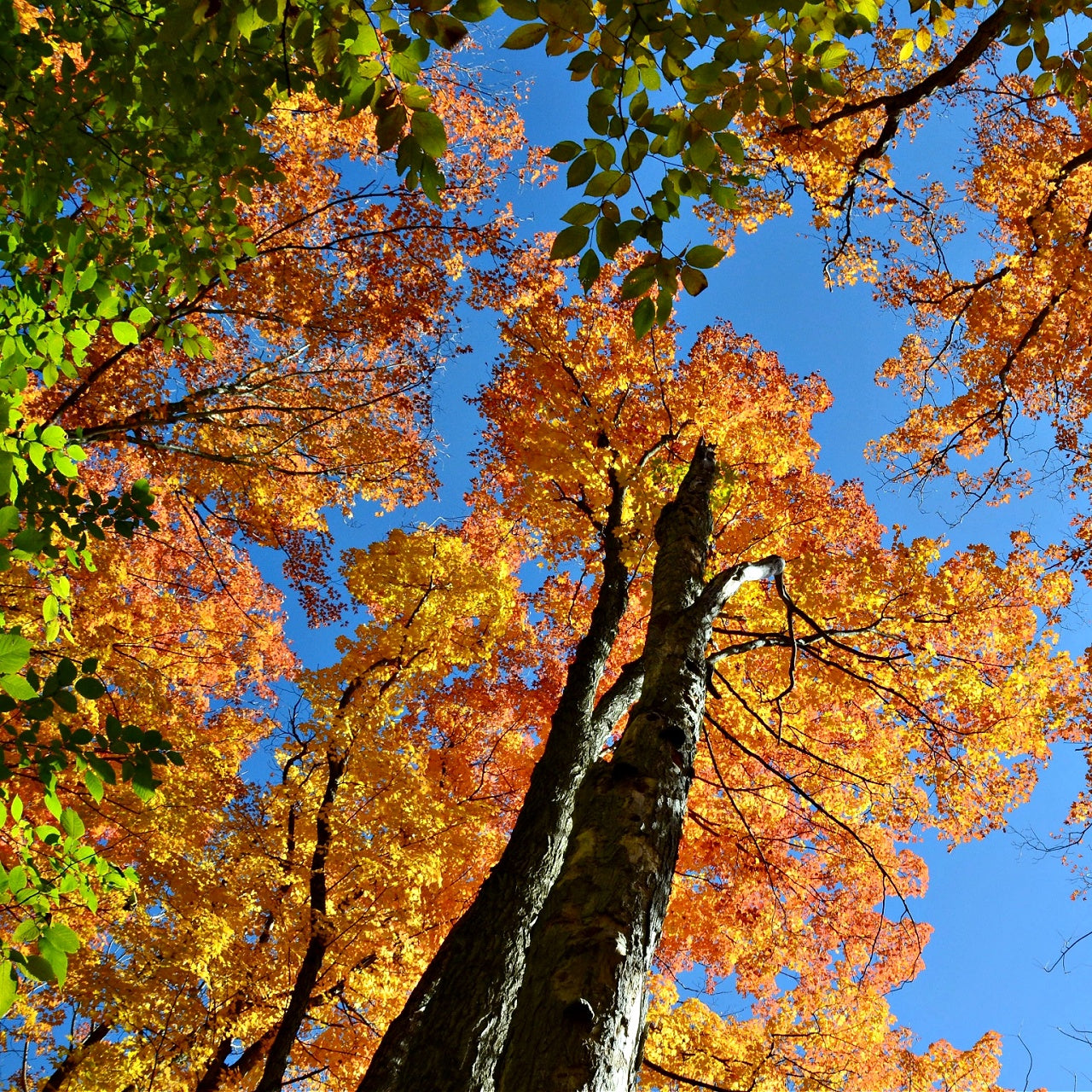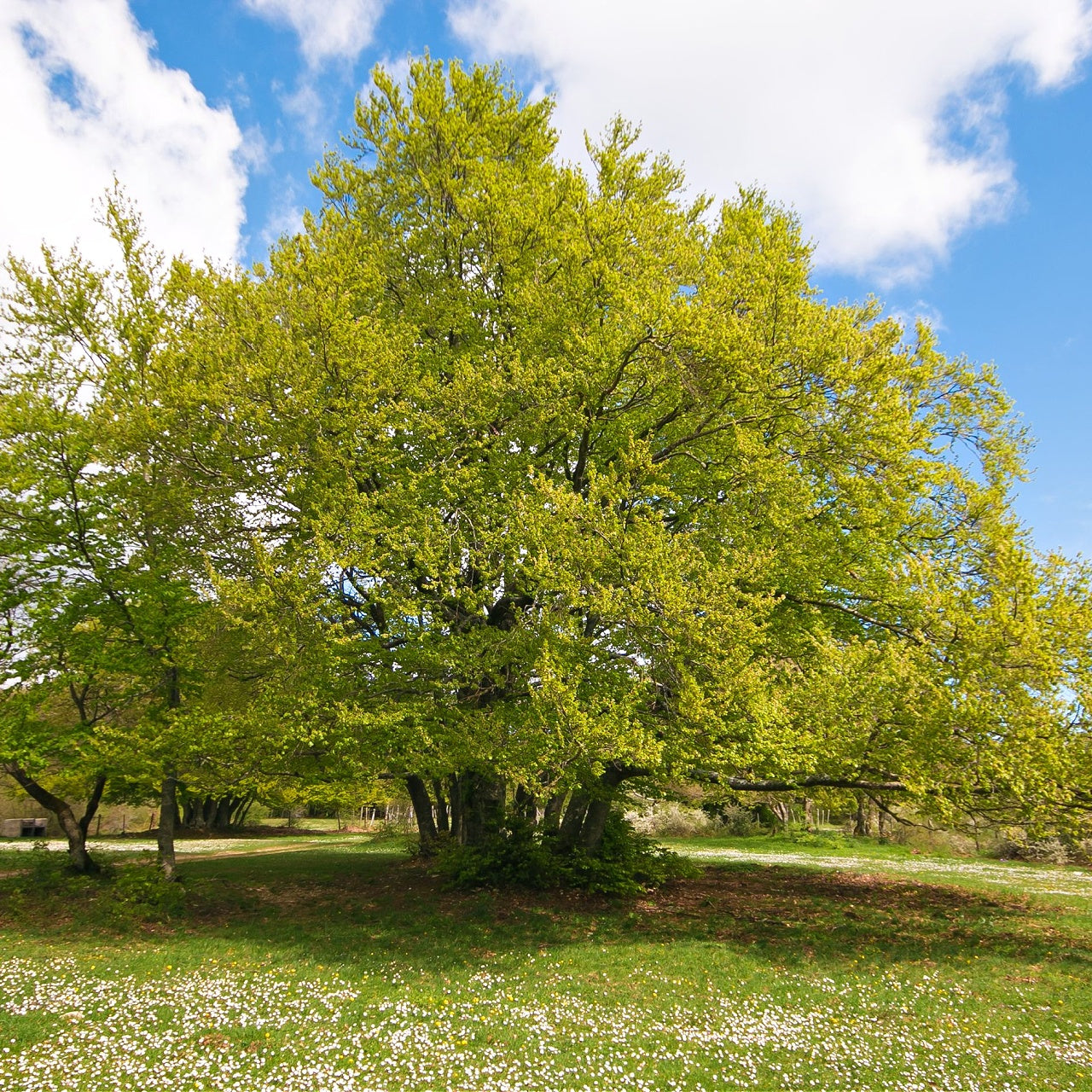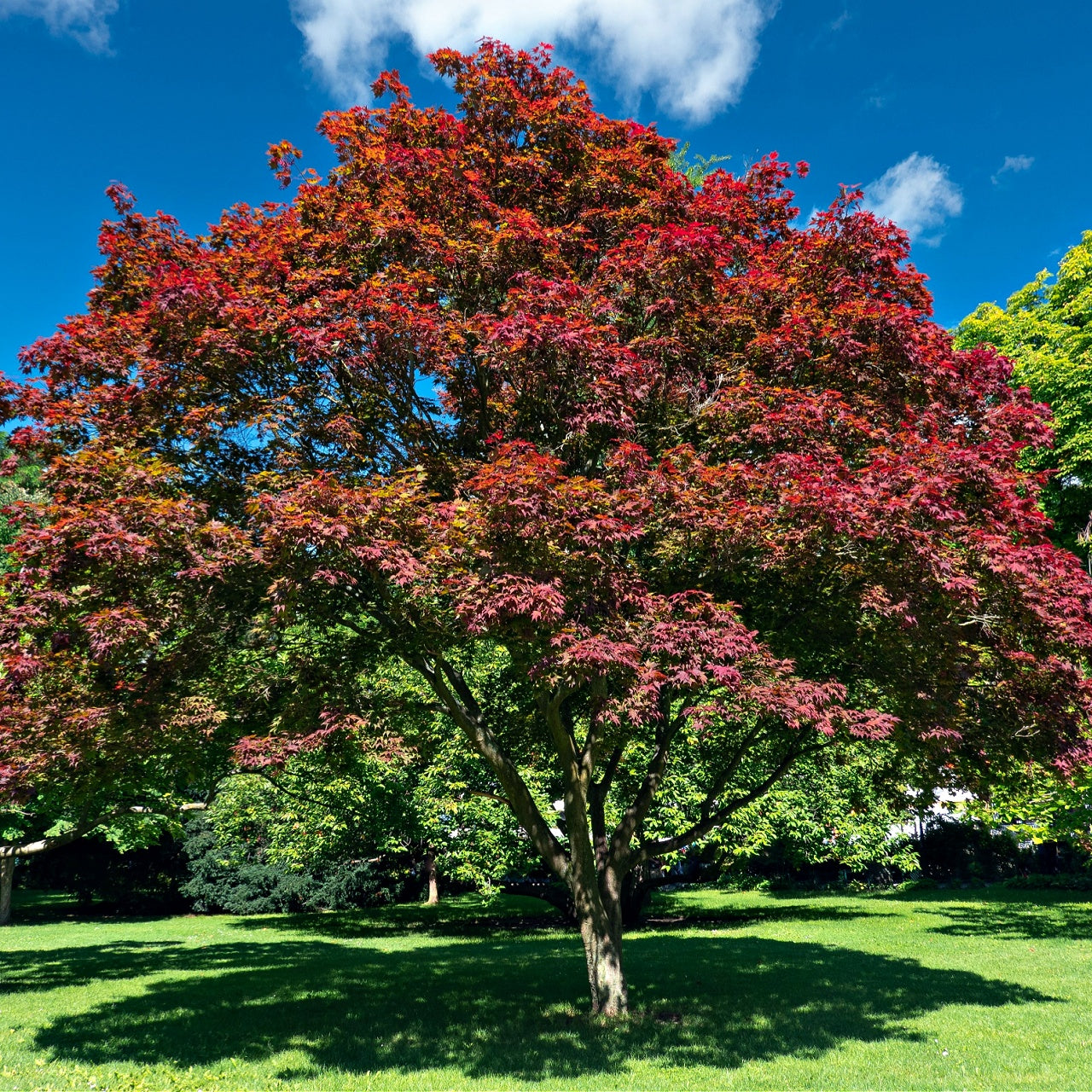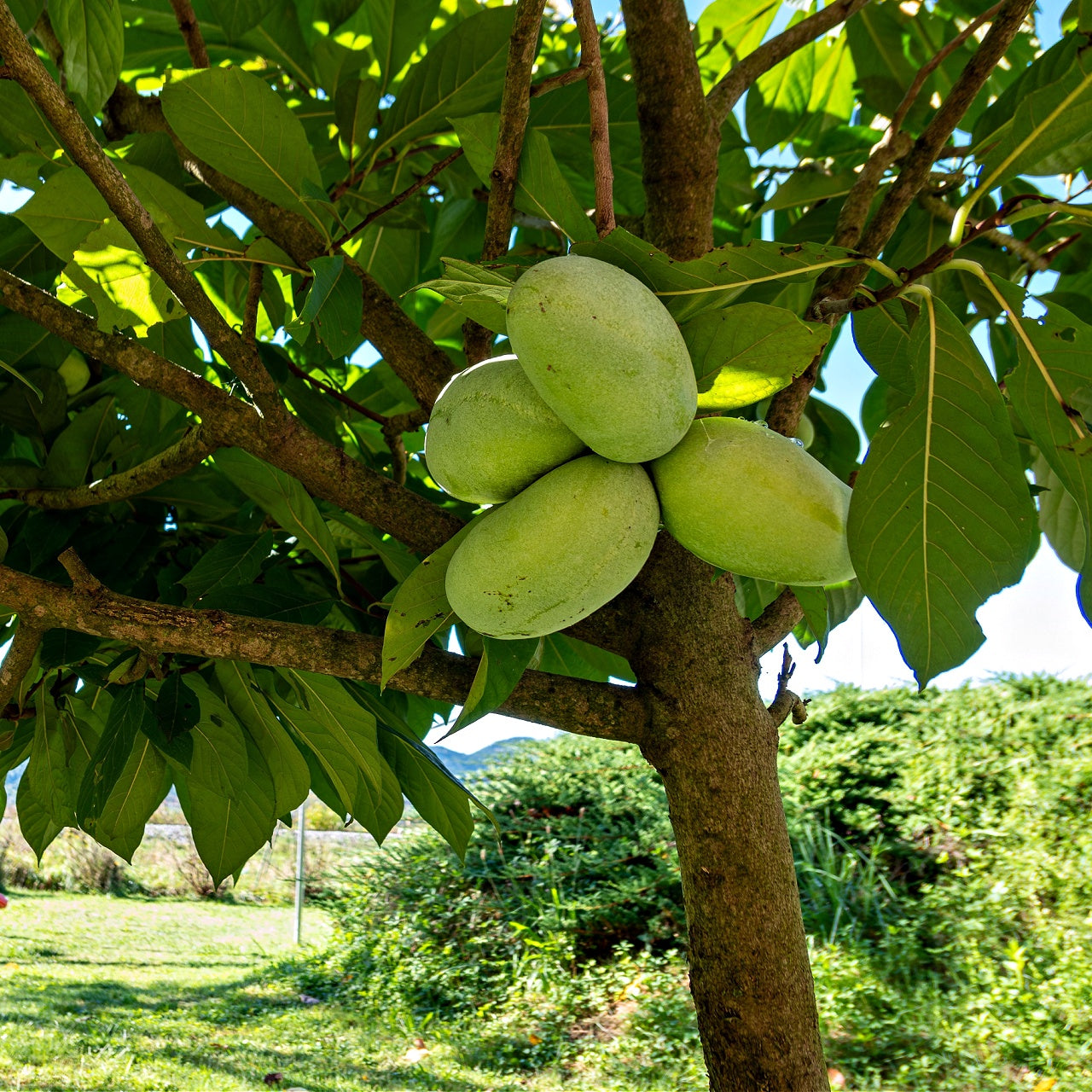
Perennial Attributes and Uses In Landscaping
Perennial Attributes and Uses In Landscaping
How To Use Perennial Plants in Garden Designs?
Few would disagree that perennial plants are the most cost-effective way to create a garden. They provide greenery and vibrant flowers for years without spending time or money replanting. Those rank among the primary reasons our Tennessee community members design perennial gardens. As experienced TN plant nursery professionals, we want to share some thoughts about layering a perennial garden. We hope the following information inspires you to redefine your landscape in a way you'll enjoy for many years.
What are Perennial Plants?
"Perennial" typically refers to plants that return yearly. Or does it? While many perennial plants survive the frigid TN winters and re-bloom, not every variety survives perpetually. Some species, such as evergreens, can last over a hundred years. Other perennial plants may not develop deep enough root systems. Plant nursery experts often think about perennials in the following four ways.
Short-Lived: This perennial lasts 3-5 years.
Long-Lived: This type usually lasts for more than 5 years.
Herbaceous: Identified by their soft green stems, they die during winter and return in spring.
Woody Types: These plants lose their leaves, but the stems and roots survive the TN winter.
At first blush, home, and commercial property owners might believe that short-lived perennials might not deliver the long-term value they seek. That idea can be a misconception. Short-lived perennial plants include the popular Black-Eyed Susan and Daisy, which thrive year-over-year by distributing seeds. Each type can play an influential role in beautifying your landscape.

Think About Perennial Plant Heights
Gardening enthusiasts should consider plant heights when designing a perennial garden from scratch. You can taper the colorful flowers in descending rows by placing the tallest plant in the rear. This landscaping technique maximizes the natural charm of the diverse blooms. The following rank among the popular flowering varieties used in gardens.
Day Lily Plants: These hardy and colorful plants mature to 48 inches and form an excellent backdrop. Their lush orange-red flowers top long stems, creating space to place mid-height perennials in front of them. Day Lily Plants also remain popular for planting in front of low fences for increased definition.
Black-eyed Susan: Reaching heights of 6 feet in some cases, black-eyed susans deliver lush greenery topped by yellow-gold flowers. One of the more popular perennial plants, they spread voraciously over time and prove highly cost-effective.
Goat's Beard: Reaching upwards of 6 feet, Goat's Beard provides a thick green canvas for home gardeners to paint in front of with ornamentals perennials. Its strand-like plumes lean toward soft, creamy whites. However, some varieties offer rich pinks, reds, and shades of purple.
These tall perennials can be set in the back of other mid-sized plants or along fences and hardscapes. However, a well-crafted landscape design also develops a floral fabric by employing mid- and low-height perennials.
Best Mid-Height Plants for Your Perennial Garden
Establishing a row of tall flowering perennials opens the door to incorporating a layer of blooms below them. This landscaping strategy makes flowers appear stacked one over the next. When selecting mid-sized perennials, consider their mature height and color. Aesthetically diverse gardens use color flexibility that meshes with personal taste. For example, some gardeners like bold contrast, while others prefer subtle differences. The following mid-height flowering plant options can accommodate gardens.
Brown-eyed Susan: Similar in appearance to the Black-eyed Susan, this variety typically reaches 2-5 feet and showcases coneflowers with 8-20 petals.
Bugleweed Ajuga: This plant tends to stay as low as 2-4 inches when not blooming. However, its purple flowers reach up to 10 inches, making it a preferred mid-height choice.
Virginia Blue Bells: This perennial matures to 1-2 feet and enters spring with subtle pink flowers. As the hot summer months roll in, the flowers become beautiful blue.
May Apple Plants: Growing to 11-17 inches, May Apple Plants tuck delicate white blooms under their green leaves. In many ways, this perennial infuses lush greenery with only modest sprinkles of color.
Rue Anemone: Maturing to about 9 inches with small white or pink flowers, Rue Anemone can serve as an in-between height perennial.
Our plant nursery stocks a wide range of mid-height flowering plants. As you develop a perennial garden design, consider comparing how tall and mid-height flowers play off each other. To complete the portrait, select a low-height perennial that covers the foreground effectively.
Select Low-Growing Perennial Plants to Complete Your Garden
Low-height perennials are essential in gardens. They can protect soil from sun drying and fill vacant spaces. Low-growing creepers can also spread over hardscape elements such as garden edgings to tie a landscape together. Again, matching the type and color to those standing behind them remains essential to the overall ambiance. Consider the following options to complete your perennial garden.
Phlox Plant: One of the more popular choices, Phlox provides wide-reaching flower choices. The purples, blues, and pinks define garden foregrounds with spreading clusters.
Wild Ginger Plant: This perennial usually stays under 6 inches and infuses a deep green into shaded areas and garden foregrounds.
American Wintergreen Plant: This low-height creeper shows bright red berries contrasting its waxed-green leaves.
Low-height perennial plants offer the most flexibility in completing a garden. They can blanket the foreground with lush flowers, subtle blooms, or a primarily green carpet. The value of integrating these types of perennial plants cannot be understated.
Unique Patterns for Planting Perennials
One of the most thrilling parts of designing a perennial garden is deciding to organize plants in specific patterns. You can enhance your yard's design by crafting patterns that bring structure and rhythm while adding an artistic element. Breaking free from traditional planting rows allows you to make your garden stand out while expressing your style. Patterns function as visual guides and accentuate principal plants while promoting plant health through proper spacing and airflow.
The classic checkerboard pattern stands out as one distinctive design choice. This garden design involves contrasting plant colors or foliage types in alternating square patterns. Begin the checkerboard design by placing a low-growing silver-leaf plant in alternating squares, followed by brilliant purple perennials in the remaining squares. The repeating design pattern guides visitors through the garden while providing structure and ensuring each plant variety stands out in its designated area.
A spiral pattern arrangement stands out because it draws inspiration from natural shapes, including pinecones and sunflowers. Place the garden's center point marker before designing a soft spiral pathway. Start with shorter perennials at the center of the spiral and choose increasingly taller plants with bolder flowers or foliage towards the outer edges. The spiral pattern adds depth while drawing visitors along its path, where each turn unveils unexpected colors and textures.
Those who enjoy creativity in their garden designs should try developing color waves. Organize perennial plants according to color tones and position them in broad swaths, creating a flowing movement throughout your garden space. Start with pale blues in one corner and progress through lavender purples across a wider area before reaching deep magentas in the opposite corner. The seamless color transitions create a painterly, natural arrangement that suggests motion and peace. Cottage-style gardens benefit from this pattern because they value lush abundance and smooth transitions between plantings.
Try using geometric bands to achieve a modern and polished appearance in your garden. Arrange tapes or string on your garden plot to form bold horizontal or diagonal striped patterns. Plant perennials in each garden band with a common trait, such as similar leaf shapes or bloom colors. This design method enables you to establish distinct outdoor "rooms" within extensive landscapes, giving your garden a modern, structured appearance.
The mosaic pattern offers a playful gardening style because each perennial functions as a tile within a grand design. This gardening technique involves giving unique shapes or clusters to different plant species so their contrasting zones interlock across the entire garden space. Keep your garden visually stimulating during the growing season by changing leaf sizes and colors and selecting different flowering periods. The interlocking forms will evolve to produce a dynamic tapestry effect that changes with time.
Adding perimeter planting to your design can customize your garden's appearance. Install tall perennials at the garden bed's edges while arranging mid-height varieties to slope inward before finishing with low-growing plants or ground cover at the center. The arrangement creates a rounded bowl shape, which enhances every flower while giving the space an enclosed privacy feel.
Adopting these varied planting patterns produces imaginative and intentional perennial displays that capture visual interest. A suitable pattern turns any garden space into a masterpiece, highlighting these plants' enduring beauty.







